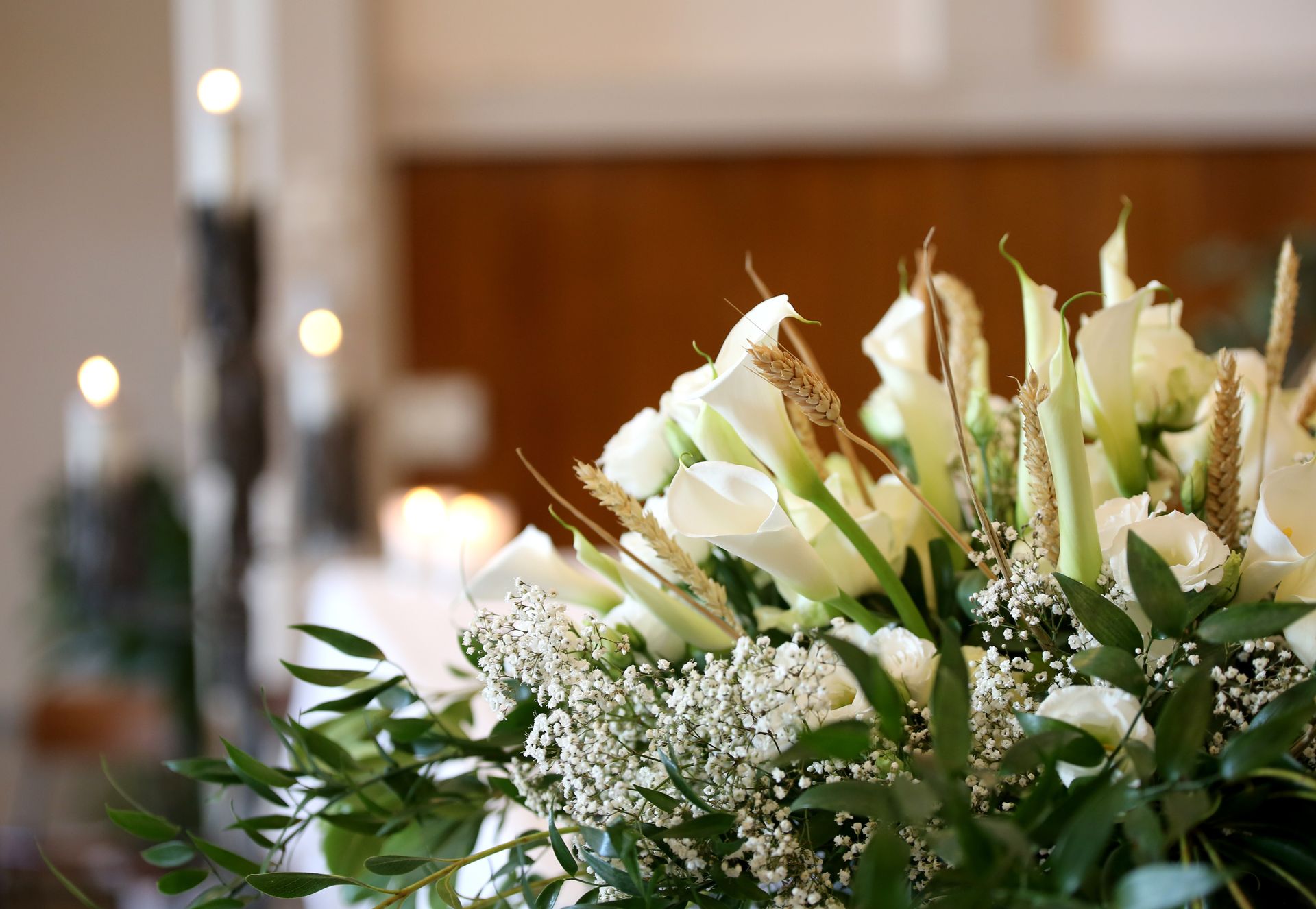Post-holiday blues

The holiday season, traditionally associated with joy, warmth, and togetherness, can also cast a shadow over some of us. For many, the "holiday blues" are a real and challenging aspect of this time of year. Whether triggered by loneliness, loss, stress, or financial strain, these emotions can dampen the festive spirit.
According to the National Alliance of Mental Illness, the Holiday Blues affect 64% of the population. This means that over half of the world’s population feels everything but comfort and joy during the holiday season. Here are some tips for combating the holiday blues and coping during this time.
Learn to say “no”.
November and December are two of the busiest months of the year. It’s crucial to learn how to say “no” and be okay with not attending everything. Overbooking your schedule will only add to your pre-existing stress and anxiety.
Be open to new traditions.
Sometimes repetition can be boring, and traditions can hold you to unnecessary expectations. Try doing something different this year to add excitement to the season. Each holiday doesn’t need to be an exact replica of years past or match societal norms.
Pace yourself.
Take the season in stride. You don’t have to buy all Christmas gifts or mail out all Christmas cards in one day. Take breaks when you need to, and don’t feel ashamed about not getting all your tasks completed.
Don’t compare your family to others.
We all received those holiday cards where families send a long letter about their yearly accomplishments. While it’s nice to know what our friends have been up to, it can be demoralizing to compare your past year to theirs, especially if you are struggling with difficult circumstances. Everyone has bad years and good years, so it’s important not to try to compare your year to someone else’s.
Limit your alcohol intake.
With all the holiday parties, it’s easy to go for a glass of wine, or a beer. We are more likely to drink during the holiday season due to increased stress levels and social activity. Too much alcohol can be harmful to your mental health, so it’s wise to limit yourself, or avoid it entirely and grab a hot cocoa.
Surround yourself with the right people.
The Holiday season is all about the gift of family and friends. Surround yourself this season with the ones who bring joy into your life. Talk with these people through your highest and lowest moments and reach out to them when you are in need.
Don’t let the Holiday Blues consume you this year. Remember to take time for yourself, spend time with the ones you love, and create new memories that will last a lifetime.

July 14, 2025
Planning a funeral or cremation—whether for a loved one or preplanning for yourself—can feel overwhelming. There are many decisions to make, all while navigating the emotions that come with loss. But with a little preparation and guidance, the process can be meaningful, healing, and manageable. Whether you're planning ahead or handling arrangements after a loss, this guide walks you through the key steps of planning a funeral or cremation service. 1. Decide Between Burial and Cremation One of the first decisions to make is whether the individual will be buried or cremated. This choice often depends on personal, cultural, or religious preferences. Burial typically involves a casket, a graveside service, and a cemetery plot. Cremation may still include a funeral or memorial service and allows for more flexible options such as scattering, keeping an urn, or burying cremated remains. Some families choose direct cremation (without a service) or direct burial and hold a memorial at a later time. 2. Decide on the Type of Service There are many ways to honor a life, including: Traditional funeral service (usually with the body present) Memorial service (typically after cremation or burial) Celebration of life (a more personalized, informal event) Services can take place at the funeral home, a place of worship or outdoors. Choose what best reflects the person’s life and what brings comfort to those attending. 3. Select the Details You’ll want to personalize the service with details such as: Obituary and newspaper or online notices Casket or urn selection Music, readings, or spiritual elements Photos, videos, or displays of personal items Flowers or charitable donation options Who will speak, perform, or participate Many families also choose to include military honors, religious traditions, or cultural customs. 4. Consider Final Resting Place Options For burials: Choose a cemetery and purchase a plot if one isn’t already owned Decide on a headstone or grave marker For cremation: Decide whether ashes will be kept, scattered, buried, or placed in a niche Some families divide ashes among keepsake urns or jewelry 5. Handle Legal and Practical Matters Don’t forget the necessary paperwork: Obtain a death certificate (you may need multiple copies) Notify Social Security and financial institutions Handle wills, trusts, and estate matters If applicable, coordinate with veterans’ services or insurance providers Funeral directors can help guide you through most of this, but having documents organized in advance can ease the burden. 6. Consider Preplanning Preplanning your own arrangements relieves your loved ones of decision-making during an emotional time. You can: Specify burial or cremation preferences Choose the type of service and location Prepay or set aside funds Record personal touches you’d like included Preplanning ensures your wishes are followed—and it brings peace of mind to everyone involved. While planning a funeral or cremation is never easy, it is an opportunity to reflect, remember, and celebrate a life. Whether you’re planning for the future or coping with a loss today, take each step at your own pace, and don’t hesitate to reach out to professionals or trusted loved ones for support.





